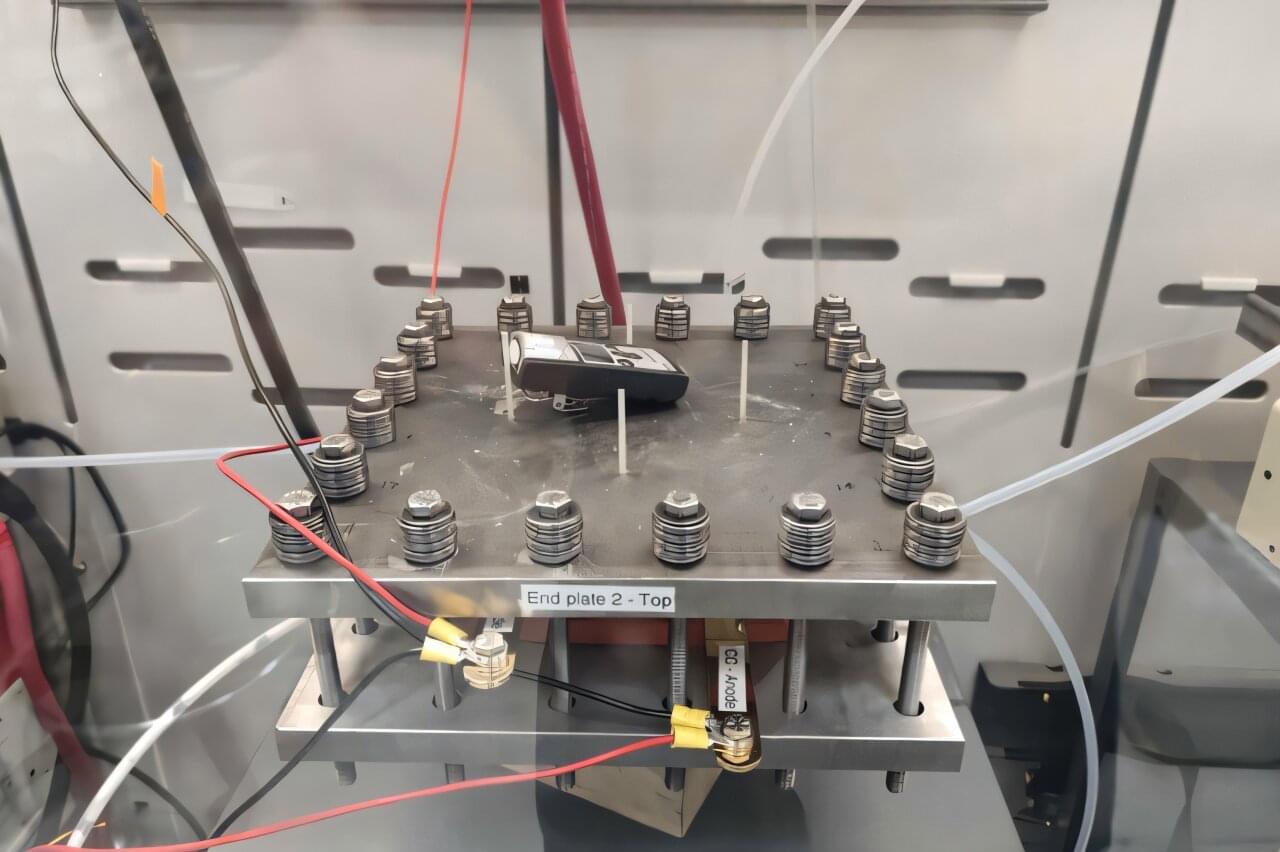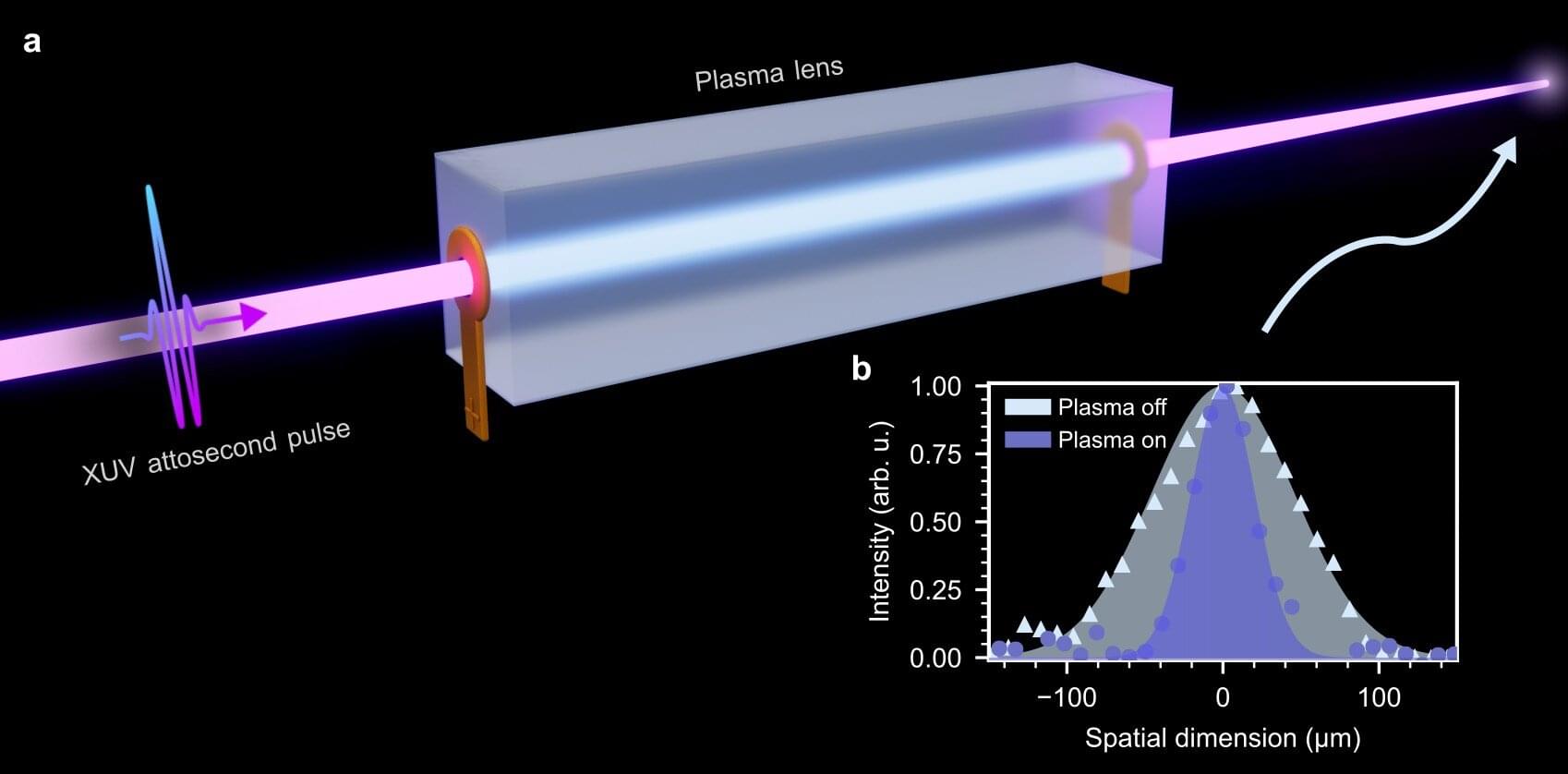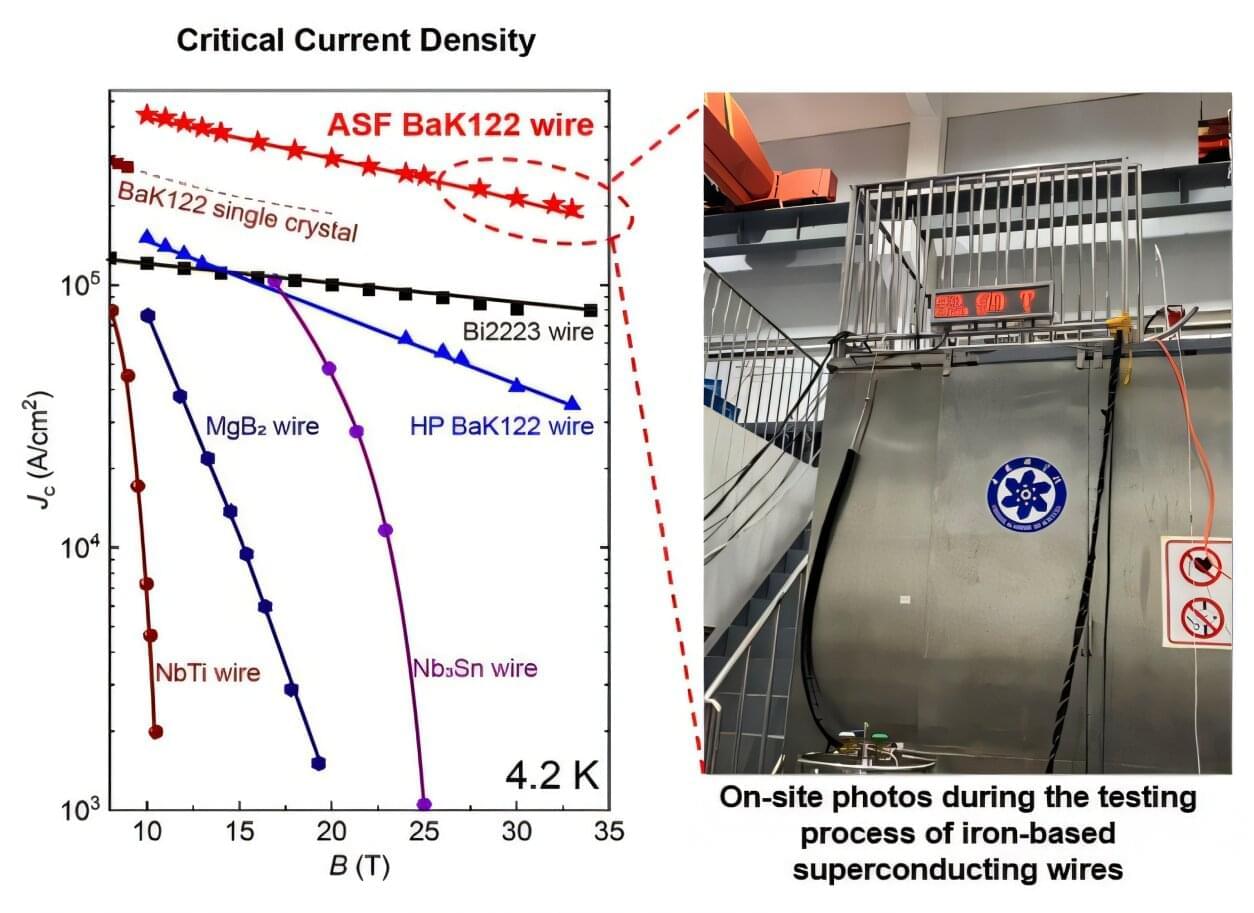Imagine snapping a photo where every detail, near and far, is perfectly sharp—from the flower petal right in front of you to the distant trees on the horizon. For over a century, camera designers have dreamed of achieving that level of clarity.
In a breakthrough that could transform photography, microscopy, and even smartphone cameras, researchers at Carnegie Mellon University have developed a new kind of lens that can bring an entire scene into sharp focus at once—no matter how far away or close different parts of the scene are.
The team, consisting of Yingsi Qin, an electrical and computer engineering Ph.D. student, Aswin Sankaranarayanan, professor of electrical and computer engineering, and Matthew O’Toole, associate professor of computer science and robotics, recently presented their findings at the 2025 International Conference on Computer Vision and received a Best Paper Honorable Mention recognition.







